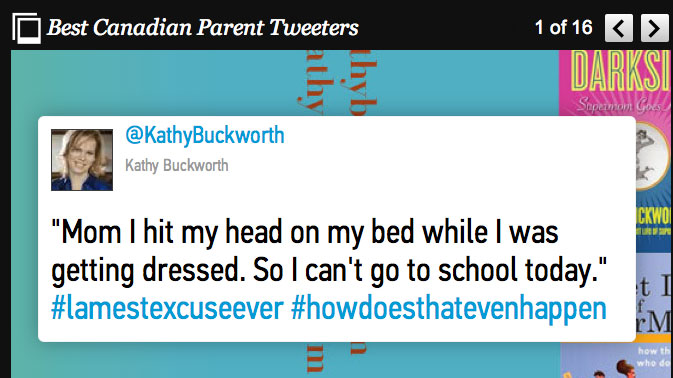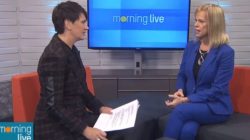Let’s face it, unless you’re living in a cash-based society, it’s not likely you can live without a bank account. In a simpler time, which wasn’t so long ago, banks were places where money was deposited into a savings account. You took out only what you needed to meet your weekly budget. When the money ran out, you physically went back to the bank to withdraw more.
One savings account morphed into two accounts – savings and chequing and consumers started using cheques to pay for purchases. The banks then saw the light and started adding more accounts to suit more clients as competition among them increased. Today, we are getting close to living in a cashless society and have to rely more on our bank accounts. Now we have debit cards, credit cards, lines of credit and a variety of different bank accounts to choose from. And we also have those dreaded bank fees that continue to rise…and Canadians are not pleased.
According to an Ipsos-Reid survey, done for the Financial Consumer Agency of Canada, one in two chequing account holders believe their monthly service charge is too high, especially in the light of large bank profits. It doesn’t make sense that bank fees should continue to rise when consumers do more of their banking online. The Federal government recently said they are working on slashing bank fees, but until that happens here are some tips to cut your bank fees.
- Find out how much you’re actually paying. Go through your bank statements and add up every fee –from e-mail money transfer fees, to the fee for getting a paper statement sent to you. Also examine the number of transactions, including debit card transactions.
- Shop around. Don’t rule out virtual banks. Many of them offer no-fee chequing accounts and some offer no fee banking if you use only online services. Compare the banking packages available using this online interactive Banking Package Selector Tool.
- Check out low-fee accounts. The federal government signed an agreement with certain financial institutions to offer low-cost accounts for consumers for approx $4 per month. This account might suit your needs if you can limit your transactions to eight to 10 per month by going totally virtual.
- Better yet, go for a no-fee account. “It doesn’t make sense to pay bank fees”, says Kathy Buckworth, Chief Family Advisor for PCFinancial. “We know Canadians are frustrated with paying them, and thus PCFinancial offers no fee accounts that can save Canadians up to $200 a year. That’s real money.”
- Ask for discounts. You will be surprised what you might get by just asking. Some banks offer discounts for seniors, youth and students.
- Use more than one bank. Don’t put all your eggs in one basket although your bank would like that. You could get a higher interest rate for savings at one bank and pay lower fees for withdrawals from another.
- Try not to use cheques. These cost money and if one bounces, it will cost you over $40.
- Don’t buy insurance on bank products. If you have enough life insurance, the extra cost for insurance on lines of credit and credit cards is unnecessary.
- Use cash most of the time. It may sound odd, but by following what your grandparents did may be the best way to save on fees. Create a budget and take out what you need to meet those needs. Not only will you save on fees, you’ll start to really understand the value of money.
- Review monthly service fee plans. If you have a plan, make sure it’s still working for your needs. If you go over the allowable transactions, for example, you’ll get dinged with extra costs.
- Maintain a minimum balance. Many banks will waive fees if you keep a minimum amount in the account – it’s usually $1,000. Also, if you have other accounts at the banks such as a mortgage or a credit card, the bank may offer a rebate on services. Just ask.
- Don’t go into the bank. It’s cheaper to use online services or telephone banking for transactions like bill payments etc. Having a bank teller do this may cost you extra.
- Use your own bank’s ATM. There’s a network access fee to use another bank’s ATM – from $1.25 to $1.75. Those private cash machines at convenience stores charge even more. Better yet, take advantage of cash back services at a retailer when you can’t get to your own ATM.
Fees may be inevitable in the banking world, but taking action and doing your homework will help minimize them.
This article first appeared in The Loop and can be found at this link: http://www.theloop.ca/living/money/wallet-wise/article/-/a/2883090/How-to-reduce-your-banking-fees








